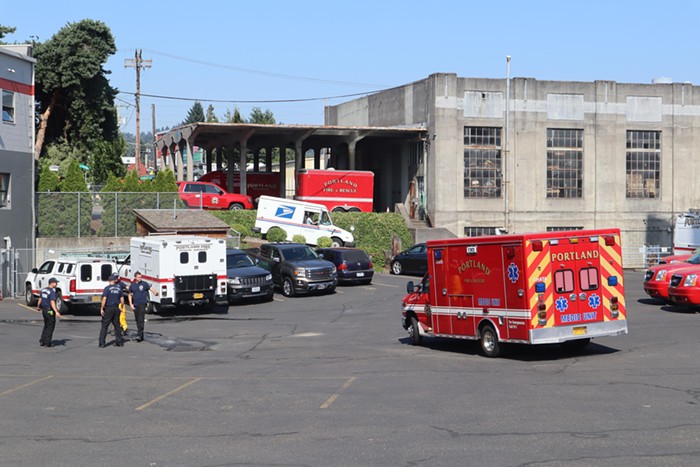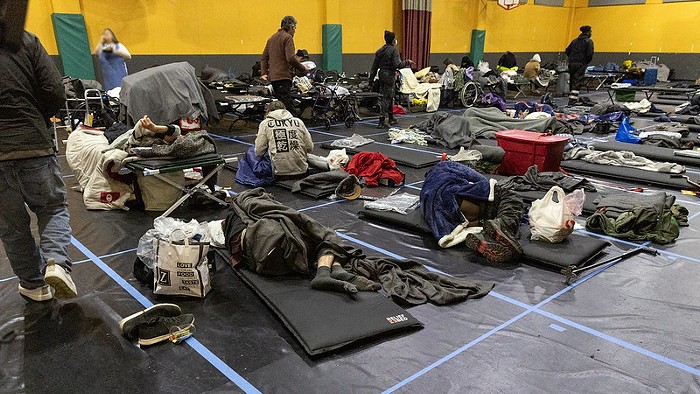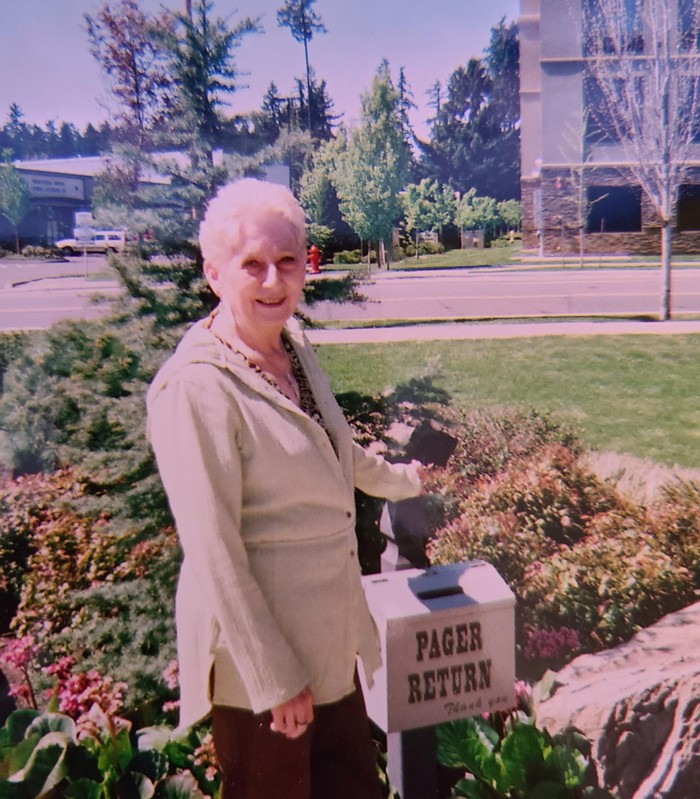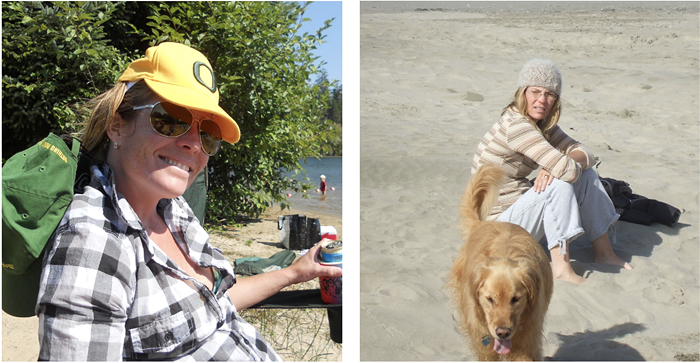
Activists at Standing Rock have filed a class action lawsuit against North Dakota law enforcement over the authorities' alleged use of water cannons in subfreezing temperatures, mace, sound cannons, and "blast" grenades on civilians during demonstrations against the Dakota Access pipeline.
The suit, which seeks a temporary restraining order against the Morton County and Statesman County sheriffs as well as the Mandan police department, claims that militarized police are using increasingly violent tactics against activists who engage in protest and prayer. The complaint cites "serious injuries to numerous water protectors," including "head wounds closed with stitches or staples," shock, hypothermia, concussions, seizures, and vomiting blood.
The complaint also alleges that last week, law enforcement shot a woman in the eye who now faces possible blindness and used an explosive on an activist who now risks losing her arm. The North Dakota Highway Patrol disputes accounts of the arm injury; the Highway Patrol's Lt. Tom Iverson also told the New York Times last week that officers didn't use concussion or flash grenades, and instead used explosive "stinger balls" that spray rubber pellets, pepper spray canisters, and tear gas.
Thousands of people who have been camping out on Army Corps of Engineers land over the last several months in order to protect drinking water for the Standing Rock Sioux were served an eviction notice by Army Corps of Engineers on Friday. The Army Corps said it would close public access to the campsite on December 5 and allow activists to move to a separate "free speech zone" instead, but later added that they would not forcibly evict activists.
David Archambault II, chairman of the Standing Rock Sioux Tribe, responded to the Army Corps eviction notice by asking that the US government deny permits to the builders of the Dakota Access pipeline. Read more about life inside the camps here.


















